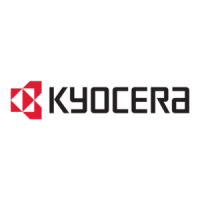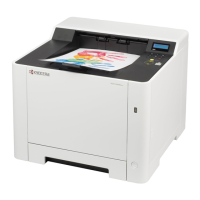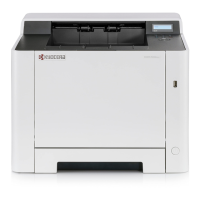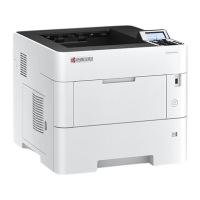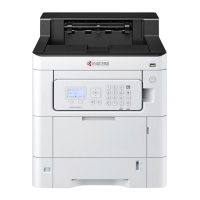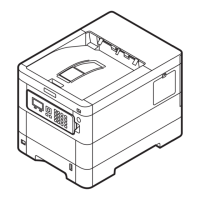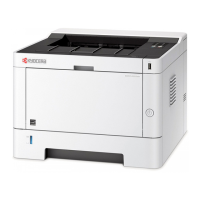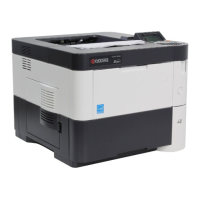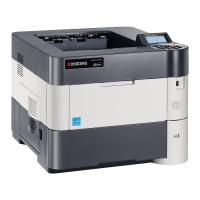3-7
Preparation
Special Paper
The following types of special paper can be used:
• Preprinted paper
• Bond paper
• Recycled paper
• Rough paper
• Letterhead paper
• Colored paper
• Prepunched paper
• High-quality paper
Use paper that is sold specifically for use with copiers or printers (heat-fusing type).
Since the composition and quality of special paper vary considerably, special paper is more likely than white bond paper to
give trouble during printing. No liability will be assumed if moisture and so forth given off during printing on special paper
causes harm to the machine or operator.
Colored Paper
Colored paper should satisfy the same conditions as white bond paper. Refer to Paper Specifications on page 3-3. In
addition, the pigments used in the paper must be able to withstand the heat of fusing during the printing process (up to
200°C or 392°F).
Preprinted Paper
Preprinted paper should satisfy the same conditions as white bond paper. Refer to Paper Specifications on page 3-3. The
preprinted ink must be able to withstand the heat of fusing during the printing process, and must not be affected by silicone
oil.
Do not use paper with any kind of surface treatment, such as the type of paper commonly used for calendars.
Recycled Paper
Select recycled paper that meets the same specifications as the white bond paper except for whiteness. Refer to Paper
Specifications on page 3-3.
Note Before purchasing any type of special paper, test a sample on the machine and check that printing quality is
satisfactory.
Note Before purchasing recycled paper, test a sample on the machine and check that the printing quality is
satisfactory.

